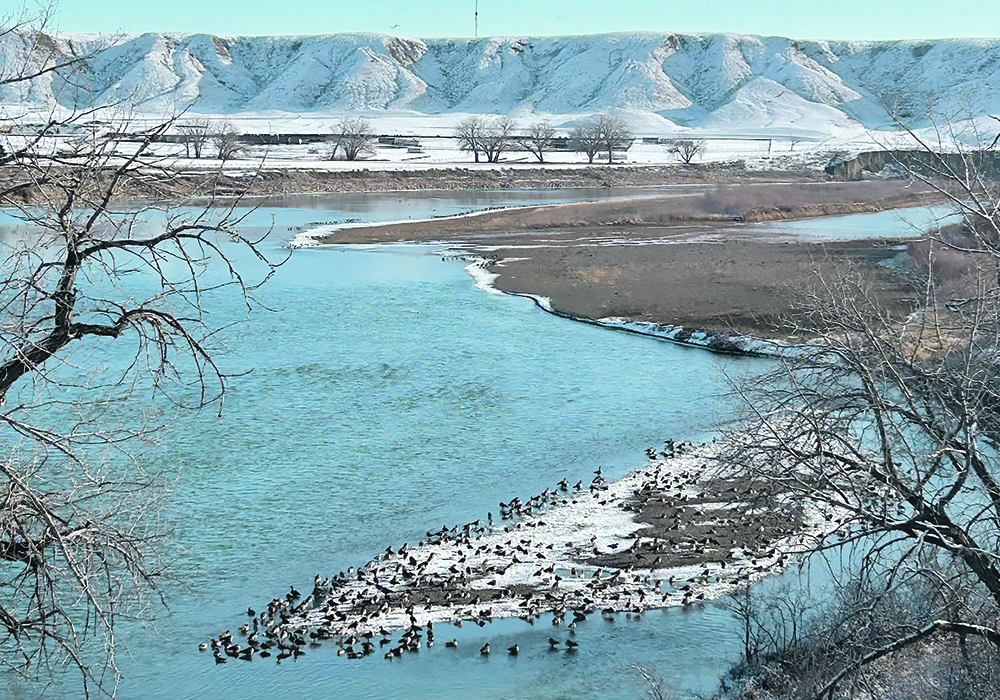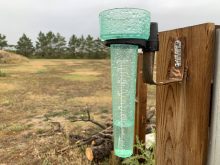Alberta is preparing for possible water shortages in southern rivers that feed its irrigation network and is asking for proposals to help deal with the situation.
“A key element of this is the development of water sharing agreements, whereby holders of large water licences work together to agree on how much less water each will take in the event of a severe drought,” reads a request for proposals. “Sharing water is essential to ensure that as many users of water as possible still receive some water, rather than some users getting all their allocated water while others receive none.”
Read Also

Pakistan reopens its doors to Canadian canola
Pakistan reopens its doors to Canadian canola after a three-year hiatus.
Water allocation in Alberta is governed by a first-in-time, first-in-right system in which the oldest water licences have priority in allocation over newer ones.
During past growing seasons in which producers faced low water levels on southern Alberta rivers, water-sharing agreements have been key in avoiding priority calls for allocation.
There are still months to go before spring seeding but the current dry situation is a concern, said Terence Hochstein, Potato Growers of Alberta executive director.
“This is not the first time this has happened, it won’t be the last time,” said Hochstein. “It’s early yet. Am I concerned? Yes. Am I worried? No.”
He stressed there is time for Mother Nature to deliver moisture to the parched landscape.
But it’s going to take a lot of precipitation between now and spring.
“A lot can happen between now and April. We’re going to need some extreme rain, some extreme weather events, but it’s happened before, it’ll happen again,” said Hochstein. “That doesn’t mean we’re going to stick our head in the sand and ignore it but I’m not going to lose any sleep over it because there is nothing we can do about it.”
Crop decisions for those with high-value irrigated crops such as potatoes, sugar beets or seed canola will be made by individual farmers who are best positioned to determine how to best manage the water allocations they’ll receive, he added.
“Those discussions are already happening. But if you are growing a high-value crop on your farm, you may have to make the decision to turn some of your acres into no water to maximize the value out of your specialty crop,” said Hochstein.
Ranchers are also dealing with persistent drought conditions, which have stressed pastures in some parts of Alberta for years with the low water levels increasing pressures on mixed-farm operations that use irrigation to grow feed.
“There’s concern but at the same time, it’s really hard to predict what’s going to happen,” said Fred Lozeman, Alberta Beef Producers finance chair. “Pasture and crop failures can’t be predicted in December. But there is concern because the last three or four years, in (southeastern Alberta), it’s been seven or eight years of lower-than-average precipitation.”
There are discussions going on within Alberta’s beef cattle sector and planning about how to handle the situation, especially for those facing perennial drought conditions.
“And that planning is going to be over an entire continuum of management practices. Anywhere from let’s liquidate our livestock to we don’t have to worry because we’re in a good situation, and everything in between,” said Lozeman. “As beef producers, we’re going to continue to try and hope for the best and plan for the contingencies where it won’t be that good.”
He said Alberta Beef Producers is advising its members to prepare for contingencies if the current conditions stretch into spring and summer.
Lozeman said he’s seeing the situation unfold near his operation in Claresholm, south of Calgary.
“I know a lot of my friends in this area, the natural springs and water courses they usually depend on for cattle to drink out of are either slowing down or some of them have entirely dried up,” he said.
Developing water resources will be key for producers along with grazing management plans that will maximize efficiency. Mixed farming operations may need to focus attention on feed and ranchers may want to review business risk management options, he added.
“Those are just some of the things out of dozens that different farmers and ranchers will come up with,” Lozeman said.
There have been some encouraging signs in early December for much of southern Alberta as a widespread snowfall has blanketed the region for the first time since mid-October. However, above zero temperatures are forecast to return for areas stretching from Edmonton to Pincher Creek to Medicine Hat through to the middle of December.
















